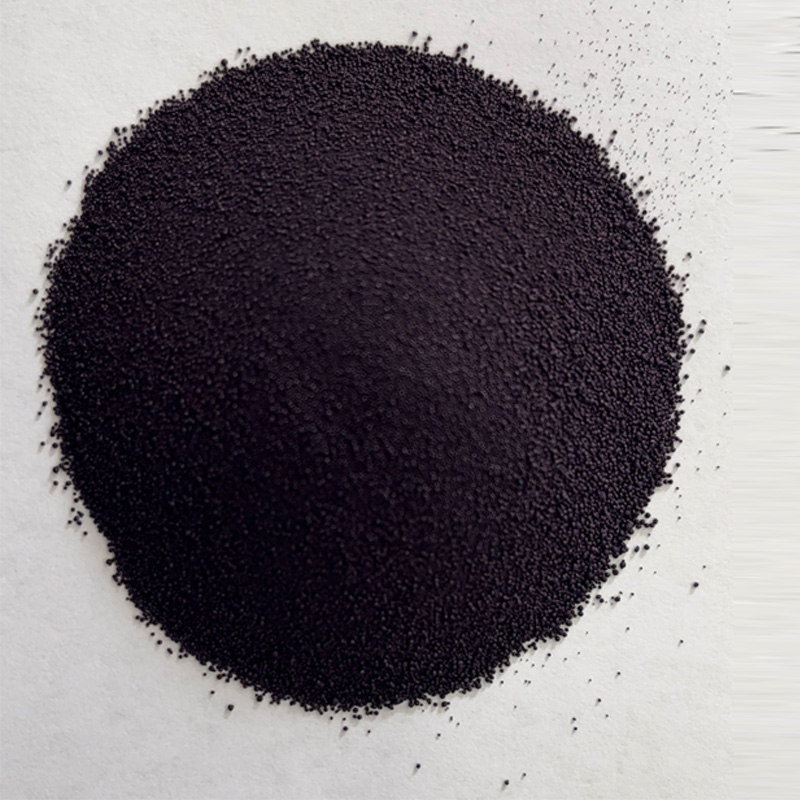sulphur black dyes products
Sulphur black dyes are a popular choice in the textile industry, particularly for dyeing cotton and other cellulose fibers. Known for their rich, deep black hue, these dyes offer various advantages that make them appealing to manufacturers and consumers alike.
One of the key benefits of sulphur black dyes is their cost-effectiveness. Compared to other types of black dyes, sulphur blacks are generally less expensive, making them an economical option for large-scale dyeing operations. This characteristic is particularly advantageous for manufacturers seeking to keep production costs low while still achieving a desirable color quality.
Sulphur black dyes are a popular choice in the textile industry, particularly for dyeing cotton and other cellulose fibers
. Known for their rich, deep black hue, these dyes offer various advantages that make them appealing to manufacturers and consumers alike.The dyeing process for sulphur blacks is also relatively straightforward, allowing for efficient application in various textile operations. The dye is usually applied in a reduced form, which is then oxidized after the dyeing process to develop the rich black color. This two-step process is not only effective but also adaptable, permitting different approaches to achieve varying shades of black based on the desired final product.
sulphur black dyes products

However, it is important to note that while sulphur black dyes have many advantages, there are also considerations regarding their environmental impact. The dyeing process can produce waste and by-products that may require careful management. As the industry moves towards more sustainable practices, manufacturers are increasingly seeking ways to minimize environmental harm while still utilizing these effective dyes.
Innovations in dye technology are also on the rise, with an increasing focus on developing greener alternatives to traditional sulphur black dyes. These advancements aim to retain the rich black tones while reducing the ecological footprint associated with their production and use.
In summary, sulphur black dyes remain a staple in the textile industry due to their economic benefits, durability, and ease of use. As the demand for sustainable practices grows, the industry continues to evolve, promising exciting developments in dye technology that could better balance performance with environmental responsibility.
-
The Timeless Art of Denim Indigo Dye
NewsJul.01,2025
-
The Rise of Sulfur Dyed Denim
NewsJul.01,2025
-
The Rich Revival of the Best Indigo Dye
NewsJul.01,2025
-
The Enduring Strength of Sulphur Black
NewsJul.01,2025
-
The Ancient Art of Chinese Indigo Dye
NewsJul.01,2025
-
Industry Power of Indigo
NewsJul.01,2025
-
Black Sulfur is Leading the Next Wave
NewsJul.01,2025

Sulphur Black
1.Name: sulphur black; Sulfur Black; Sulphur Black 1;
2.Structure formula:
3.Molecule formula: C6H4N2O5
4.CAS No.: 1326-82-5
5.HS code: 32041911
6.Product specification:Appearance:black phosphorus flakes; black liquid

Bromo Indigo; Vat Bromo-Indigo; C.I.Vat Blue 5
1.Name: Bromo indigo; Vat bromo-indigo; C.I.Vat blue 5;
2.Structure formula:
3.Molecule formula: C16H6Br4N2O2
4.CAS No.: 2475-31-2
5.HS code: 3204151000 6.Major usage and instruction: Be mainly used to dye cotton fabrics.

Indigo Blue Vat Blue
1.Name: indigo blue,vat blue 1,
2.Structure formula:
3.Molecule formula: C16H10N2O2
4.. CAS No.: 482-89-3
5.Molecule weight: 262.62
6.HS code: 3204151000
7.Major usage and instruction: Be mainly used to dye cotton fabrics.

